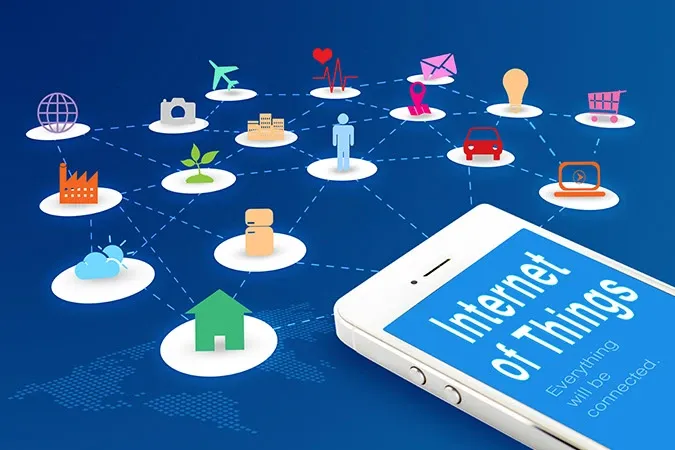Smartphone Market Starts 2024 With 11 Percent Growth in Q1
According to Canalys’ latest research, worldwide smartphone shipments grew 11% year on year in the first quarter of 2024.

Worldwide spending on the Internet of Things (IoT) is forecast to reach $737 billion in 2016 as organizations invest in the hardware, software, services, and connectivity that enable the IoT. According to a new update to the IDC Worldwide Semiannual Internet of Things Spending Guide, global IoT spending will experience a compound annual growth rate (CAGR) of 15.6% over the 2015-2020 forecast period, reaching $1.29 trillion in 2020.
The industries forecast to make the largest IoT investments in 2016 are Manufacturing ($178 billion), Transportation ($78 billion), and Utilities ($69 billion). Consumer IoT purchases, the fourth largest market segment in 2016, will become the third largest segment by 2020. Meanwhile, Cross-Industry IoT investments, which represent use cases common to all industries, such as connected vehicles and smart buildings, will rank among the top segments throughout the five-year forecast. The industries that will see the fastest spending growth are Insurance, Consumer, Healthcare, and Retail.
Given Manufacturing's position as the leading IoT industry, it's no surprise that manufacturing operations is the IoT use case that will see the largest investment ($102.5 billion) in 2016. Other IoT use cases being deployed in Manufacturing include production asset management and maintenance and field service. The second largest use case, Freight Monitoring ($55.9 billion), will drive much of the IoT spending in the Transportation industry. In the Utilities industry, combined investments in Smart Grid for electricity and gas will total $57.8 billion in 2016. Smart Home investments by consumers will more than double over the forecast period, reaching more than $63 billion by 2020. In the Insurance industry, telematics will be the leading use case while remote health monitoring will see the greatest investment in the Healthcare industry. Retail firms are already investing in a variety of use cases, including omni-channel operations and digital signage.
From a technology perspective, hardware will remain the largest spending category throughout the forecast, followed by services, software, and connectivity. And while hardware spending will nearly double over the five-year timeframe, it represents the slowest growing IoT technology group. Software and services spending will both grow faster than hardware and connectivity. Hardware spending will approach $400 billion by 2020. Modules and sensors, that connect end points to networks, will dominate hardware purchases, while application software will represent more than half of all IoT software investments.